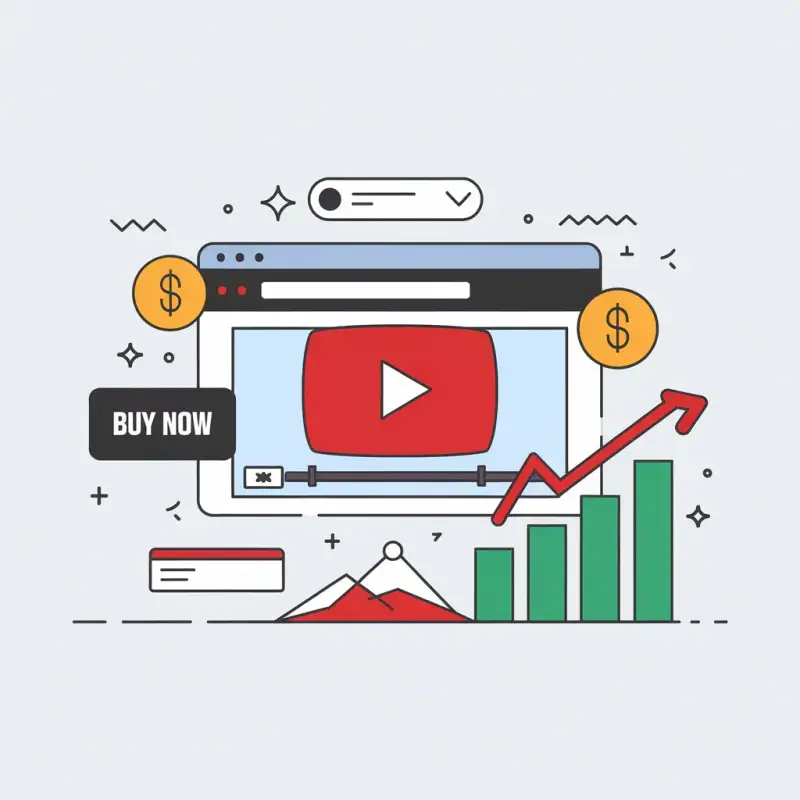Interpreting Bounce Rate: Understanding High vs. Low Bounce Rates - NSK MultiServices
Interpreting Bounce Rate: Understanding High vs. Low Bounce Rates
Bounce rate is a key metric in digital marketing, but interpreting it can be a nuanced task. While a high bounce rate is often seen as a red flag, not all high bounce rates are created equal. In this article, we will delve into the nuances of interpreting bounce rate. We will differentiate between high and low bounce rates, understand what constitutes a high bounce rate, explore situations where a high bounce rate may be acceptable, and provide strategies for analyzing and improving bounce rates on specific pages and by traffic sources.
Differentiating High and Low Bounce Rates
What Constitutes a High Bounce Rate
A high bounce rate is typically considered anything significantly above the average for your website or industry. It implies that a substantial portion of your visitors are leaving your site after viewing only one page. However, a “high” bounce rate can vary depending on the context:
- Industry Standards: Different industries have different baseline bounce rates. What might be considered high in one industry could be normal in another.
- Page Type: Certain types of pages, such as blog posts or single-page landing pages, often have naturally higher bounce rates.
- User Intent: If visitors find what they’re looking for on the landing page and don’t need to navigate further, a higher bounce rate might be acceptable.
When a High Bounce Rate May Be Acceptable
While a high bounce rate is generally a cause for concern, there are situations where it may not be problematic:
- Single-Page Focus: Landing pages designed for specific actions, like filling out a contact form or making a purchase, may have high bounce rates if visitors complete the intended action and then exit.
- Blog Posts: Blog articles are often meant to provide information quickly. Visitors who read a blog post and then leave without visiting other pages may still find value in the content.
Analyzing Bounce Rate by Page
Identifying Problematic Pages
Not all pages on your website will have the same bounce rate. To identify problematic pages:
- Review Analytics: Look for pages with bounce rates significantly higher than your website average.
- Content Assessment: Analyze the quality and relevance of content on these pages. Are they meeting visitor expectations?
Tailoring Solutions to Specific Pages
Once you’ve identified problematic pages, tailor your solutions accordingly:
- Content Enhancement: Improve the quality, clarity, and relevance of content on high-bounce pages.
- Calls to Action (CTAs): Ensure that high-bounce pages have clear and compelling CTAs that encourage visitors to explore further.
Analyzing Bounce Rate by Traffic Source
How Different Channels Impact Bounce Rate
Bounce rates can vary widely depending on the source of your traffic:
- Organic Search: Visitors from search engines may have specific queries; your landing page should directly address their needs.
- Paid Advertising: Bounce rates from paid campaigns should be monitored closely. Keywords, ad copy, and landing page relevance all play a role.
- Social Media: Social visitors may have different expectations; your content should align with the social platform’s context.
Adjusting Strategies Based on Traffic Sources
To optimize bounce rates, adjust your strategies based on traffic sources:
- Keyword Optimization: Ensure that your landing pages align with the keywords that drove organic search traffic.
- Ad Campaigns: Refine your ad targeting and ad copy to improve the alignment with landing page content.
- Social Content: Tailor your social media posts to set clear expectations for visitors about what they will find on your site.
Related Articles
- How to Improve Bounce Rate: Strategies for a Stickier Website
- What is website short answer
- What is local SEO in Digital Marketing?
- What is PPC in Digital Marketing and How It Works?
- How can Google Ads help you advance your Business Goals?
Conclusion
Interpreting bounce rate is not a one-size-fits-all endeavor. Understanding when a high bounce rate is problematic and when it’s acceptable requires considering factors like industry norms, page type, and user intent. By analyzing bounce rates by page and traffic source and tailoring strategies accordingly, you can improve user engagement and conversions, ultimately enhancing the overall performance of your digital marketing efforts.
About
Nandeshwar
Nandeshwar is a versatile professional skilled in digital marketing and App/Web development. With 5 years of experience and a Diploma in Computer Engineering, they excel in crafting effective marketing strategies and building dynamic websites. Specializing in content marketing, they drive results for clients while creating visually stunning websites using WordPress, Laravel, PHP and Flutter. Beyond work, they stay updated on industry trends and enjoy sharing insights.



